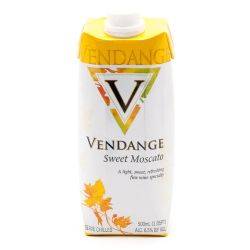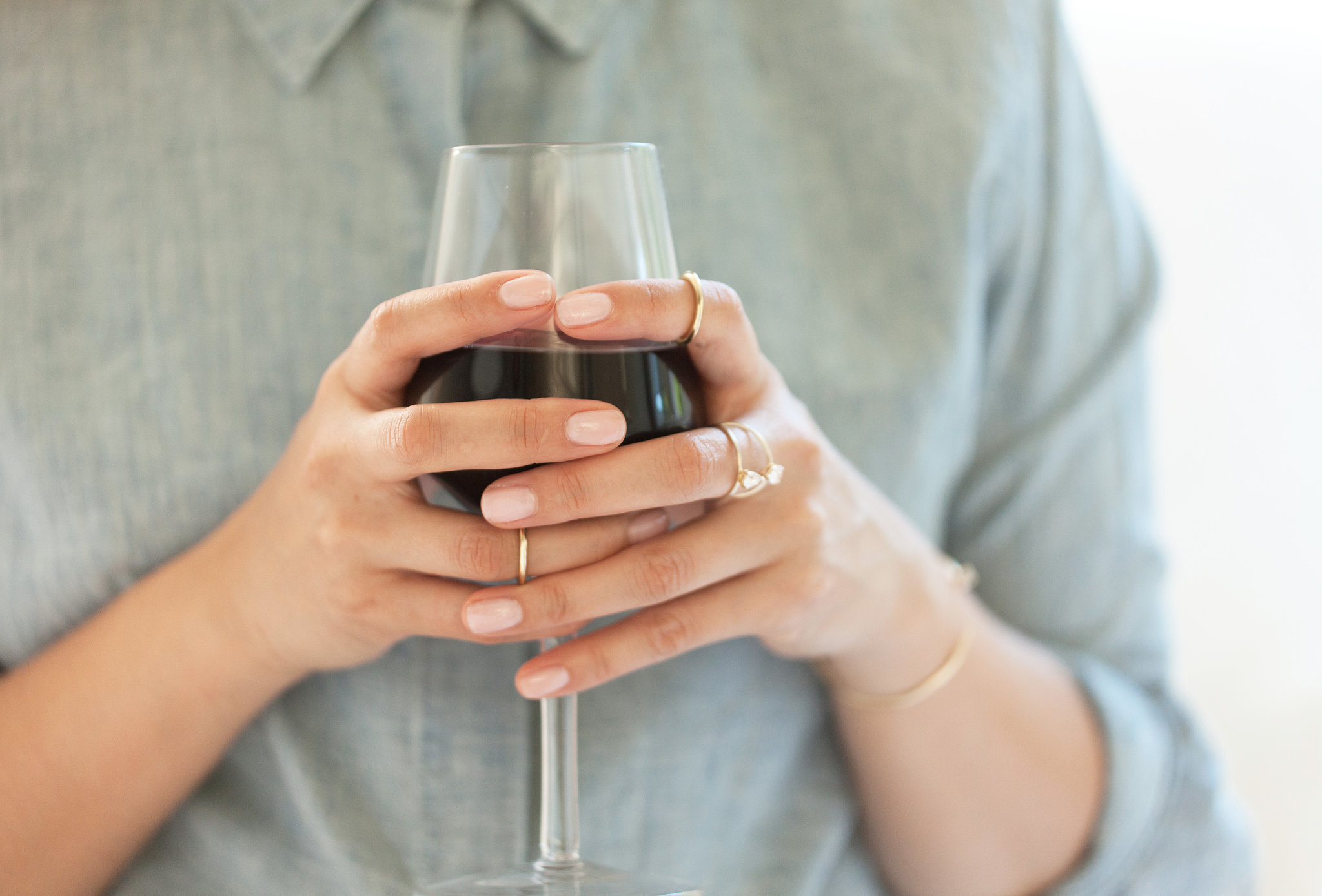So while going down the wine isle or visiting your favorite seller, you may have noticed some awards and accolades on the bottles of various wines. But what does it all mean? Is there a difference between Marks, Points, and Stars?
In a simple answer "no not really." You see back in the 1980's a man by the name of Robert Parker developed a rating system of 100 Points. The 100-point system has become industry standard in measuring the quality of wine. This system isn't without its own flaws, but it does rate some of the aspects of wine very well. Some of the things it rates well is production quality, with some leeway.
Many question the merit of the point scale, mostly because it grades in a very elementary way and doesn't use the full spectrum of 0-100 but instead 50-100 with anything ranging below 50 to be considered swil. Most wines on the market can be found in the 85 to 100. Since most wines fall into this category some find the point system to be lacking. But more and more come to use it as a standard of measure.
Here is a break down of the 100-Point system:
Since being introduced there have been other rating and scale systems that have evolved and some take on a more ridged technical feel, that the scaling system started by Dr Maynard Amerine of UC Davis who developed a 20 point system that was used more in acidemia and graded on color, smell, taste, as well as sugar balance, tannins, and acidity.
Here is a break down of the 20-Point System
Again here we dont see a full 20 point system rather than a 9 pointer. With this scale it leaves some wiggle room for interpretation
Other systems have been developed over the years using symbology as their means of rating such as John Platter in 1980. Platter developed a 5 star system for his book Guide to South African Wine. Another publication named Gambero Rosso, an Italian magazine uses their own methods of glasses, and still others use a simple asterisk ( * ) for top quality wines and two ** for exceptional ones.
Here is an example of Platters Rating
No matter the rating scale, you will find that wine boils down to personal taste. I myself have tasted "high quality" wines that I couldn't get out of my mouth fast enough, and some budgets that have been like sipping the nectar of the gods.
But that is my humble opinion.
~Cheers




















